
It is vital to search for alternative energy sources that are renewable, and to find new ways of using energy more efficiently. Any such new technology will most likely rely on new materials with outstanding functional properties.
Solar cells based on oxide materials (Driscoll)
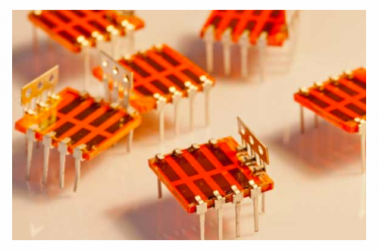
We develop high performance solar cells, as either alternatives to, or in combination with silicon. We grow new composition materials by scalable processing routes focusing on bandgap and defect engineering, carrier concentration and mobility control, and broad light absorption.
Solid oxide cells and solid state batteries (Driscoll)
We develop high performance solid oxide cells for electrolysis and solid state batteries for charge storage, where creating ideal interfaces in thin film electrolytes and electrode materials is critical. We explore nanostructuring thin film approaches to create large area interfaces in each system to achieve much enhanced performance especially in ionic conductivity. Other approaches include fabrication of thin composite materials with enhanced ionic, mechanical and chemical properties for energy and environmental materials.
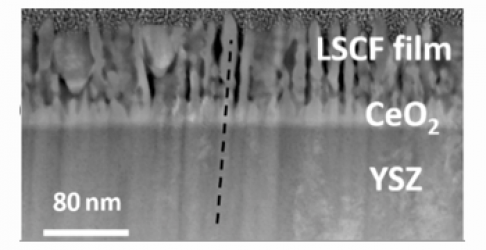
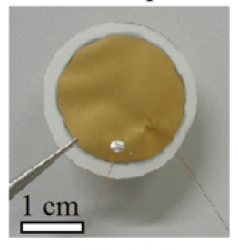
Harvesting energy from vibrations and waste heat is a viable power solution for wireless sensors, portable, flexible and wearable electronics and biomedical implants. High-performance and durable polymer-based nanomaterials are being developed with the aim of pioneering commercially viable “nanogenerator” designs.
Superconducting Materials (Driscoll)
We undertake novel nanoengineering and processing approaches to achieve excellent-performance, low-cost copper oxide superconductors, and we work closely with industry to implement these approaches. We also use new methods to stabilise complex cuprate superconductors which have higher Tcs and improved electrical performance.
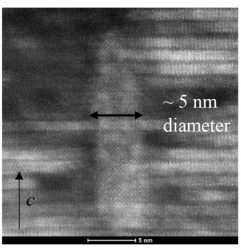
Metal-oxide photocatalysts
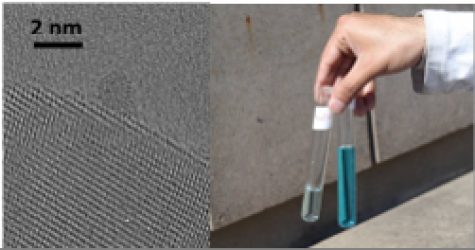
New metal–oxide photocatalyst composites, capable of absorbing both UV and visible light with very fast reaction rates, has been developed for disinfecting water and for destroying air pollutants. A spin-out social enterprise company has been set up to exploit the findings, with trials being conducted with local communities in Tanzania. Further work is being explored for destroying oil spillage in water.
Magnetocaloric, electrocaloric and mechanocaloric effects are reversible thermal changes that occur in magnetically, electrically and mechanically responsive materials due to changes in magnetic field, electric field and stress field. These effects could be exploited for energy-efficient cooling and heating applications.
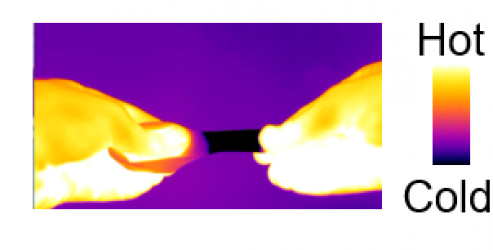
Ionomer Thin Films in Fuel Cells (Elliott)
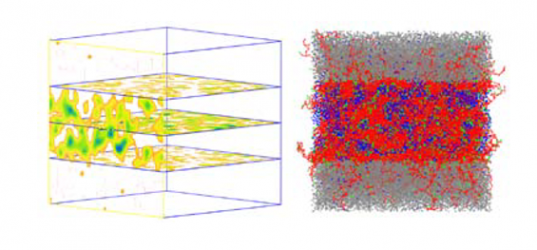
The behaviour of the ionomer-catalyst support interface is a key limiting factor in performance and lifetime of fuel cells. Computational modelling offers key insights into understanding these properties.
GaN LEDs (Oliver)
Gallium nitride LEDs have the potential to reduce global electricity usage, but this requires development of low-cost, high-performance devices. Research towards this goal includes detailed materials growth and characterization to understand and engineer the nanoscale structure of these devices.
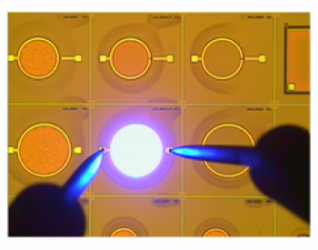
Materials for safer nuclear energy

Accident-tolerant fuel cladding materials, based on ternary carbides, are being investigated for use in nuclear reactors, relating the electronic structure of the ternary carbide to the ease of plastic flow, required for making reliable coatings.
Materials for efficient turbines
NiAl-based alloys are being developed for improved efficiency in power generation by gas turbines. The degradation processes in polycrystalline cubic boron nitride are being studied to enable sustainable, dry precision metal cutting.
Metallic Glasses (Greer)
Innovative processing techniques facilitate optimization of soft-magnetic properties of metallic glasses without the embrittlement induced by conventional annealing treatments. These materials lead to reduced energy loss in power transmission and in devices. Chemically similar systems offer a route to permanent magnets without rare earths.
Spectral converters (Evans)

Spectral converters can be used to capture and convert high and low energy solar photons into wavelengths that are more effectively used by solar cells. Organic-inorganic polymer hybrid materials are being designed to improve the efficiency of spectral conversion processes in the solid-state.
Interfacial engineering in organic solar cells (Evans)
Interface modifying materials are used to improve charge extraction and contact between the active layer and the electrodes in organic solar cells. We use the bottom-up self-assembly of soft materials (e.g. polyelectrolytes, surfactants) to investigate structure-property relationships in nanostructured interfacial layers to inform the design of next generation organic solar cells. The figure shows AFM images for poly(thiophene) layers co-assembled with surfactants to obtain different morphologies.
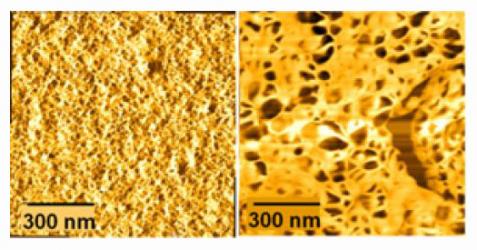
Materials for energy efficient ICT (Driscoll)
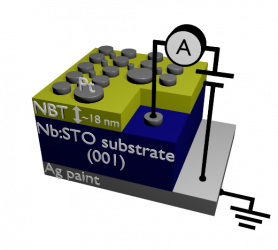
We work on oxide switching thin films for applications in non-volatile memory and neuromorphic computing. We explore compositional and structural tuning of compositions which are of interest to industry, as well as new materials for basic science understanding of switching mechanisms.
Chemical sensors
Chemical sensing in air, water and soil is being developed, with new concepts that can help make sensors that are selective while maintaining long life. These concepts are being applied to semiconductor chip-based technology, patented by Cambridge Enterprise, for low-cost sensors development in the area of air quality and environmental monitoring. A range of related sensors research activities and publications has drawn interest from industry for licensing, manufacturing and applying in many scenarios including safety in use of batteries and fuel cells, process control in making precision advanced materials and transportation.
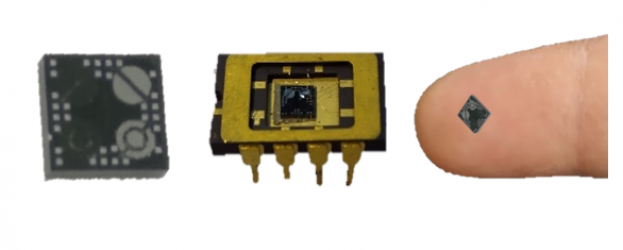
Circular economy of batteries
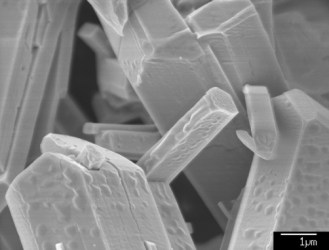
A new method of recycling automotive batteries has been developed in this research group and licensed to a listed company, such that the energy, carbon and environmental footprints are very low. This invention within the spectrum of battery recycling technologies is being further developed for different chemistries such that the products can be re-used to make new batteries. Spent battery active materials are converted into a precursor using “Green” recovery steps from which high surface area nanostructured battery ready materials are reconstituted.
Topological materials (Monserrat)
Topological materials host dissipationless edge currents that could be used as a platform to develop technological devices with small energy consumption. They include Chern insulators with charge currents for low-power electronics, topological insulators with spin-resolved currents for low-power spintronics, and topological phonons that could be harnessed in efficient heat management devices.

